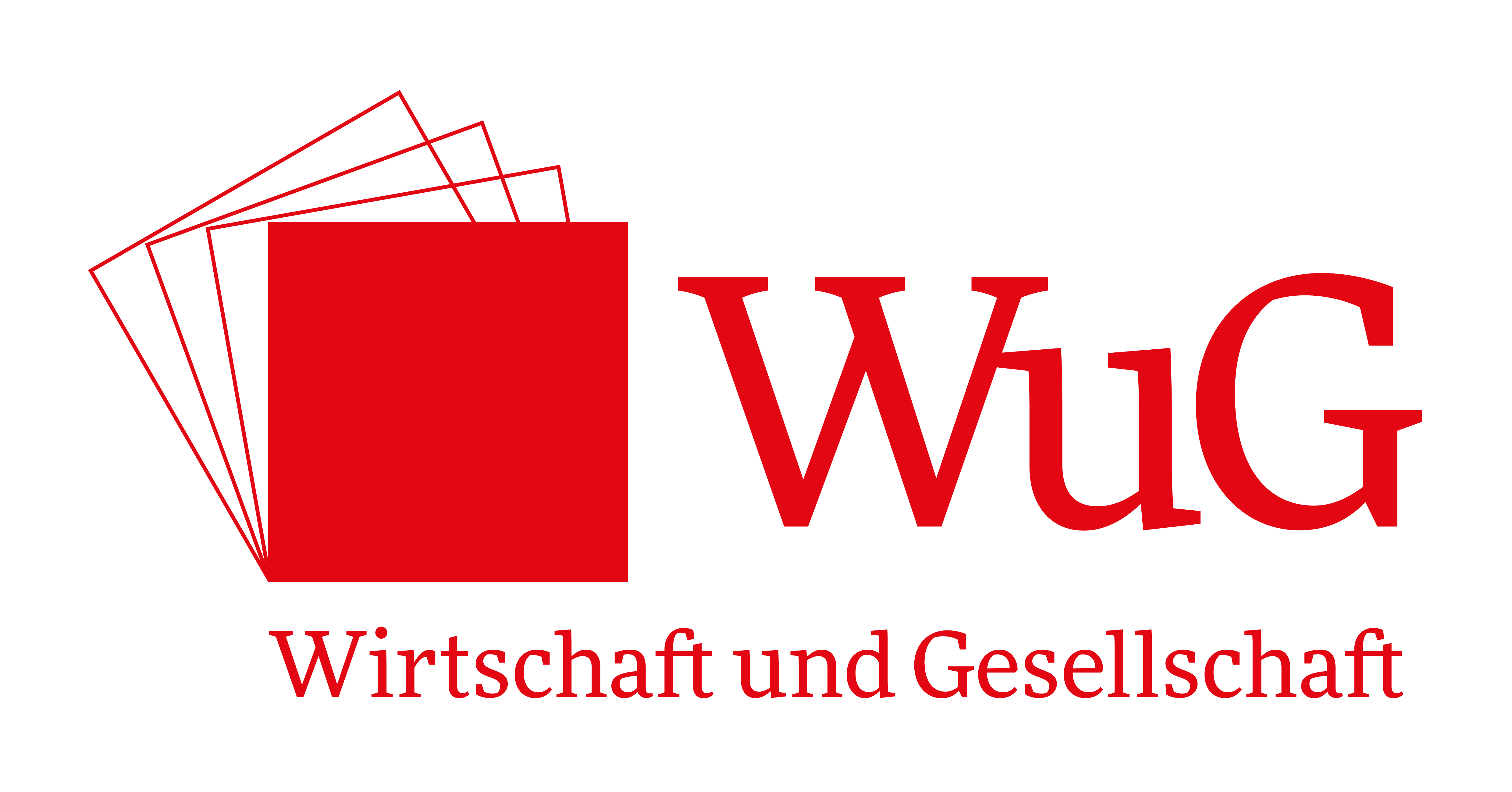Abstract
This article outlines the revival of industrial policy in the EU and the United States, drawing from the regulation school for interpretation. After outlining the history of industrial policy in both examples, I elaborate on the changes in the approach to industrial policy, especially when it comes to recent proposals considering the green transformation and the conflict with China. I argue that while there are significant similarities in the revival of industrial policy in the EU and the United States, there are differences in the dominant regime of accumulation that have led to divergences in the scope and character of industrial policy measures. While the EU is characterized by conflicts between export-oriented and neo-mercantilist actors and faces coordination problems between the EU as an institution and the member states, the United States tried to combine new efforts of industrialization with a growth model that is built on domestic demand under the Biden administration. However, this seems to have been a short-lived attempt, as the current administration under Trump has already started to roll back much of the effort made, focusing instead on tariffs.

